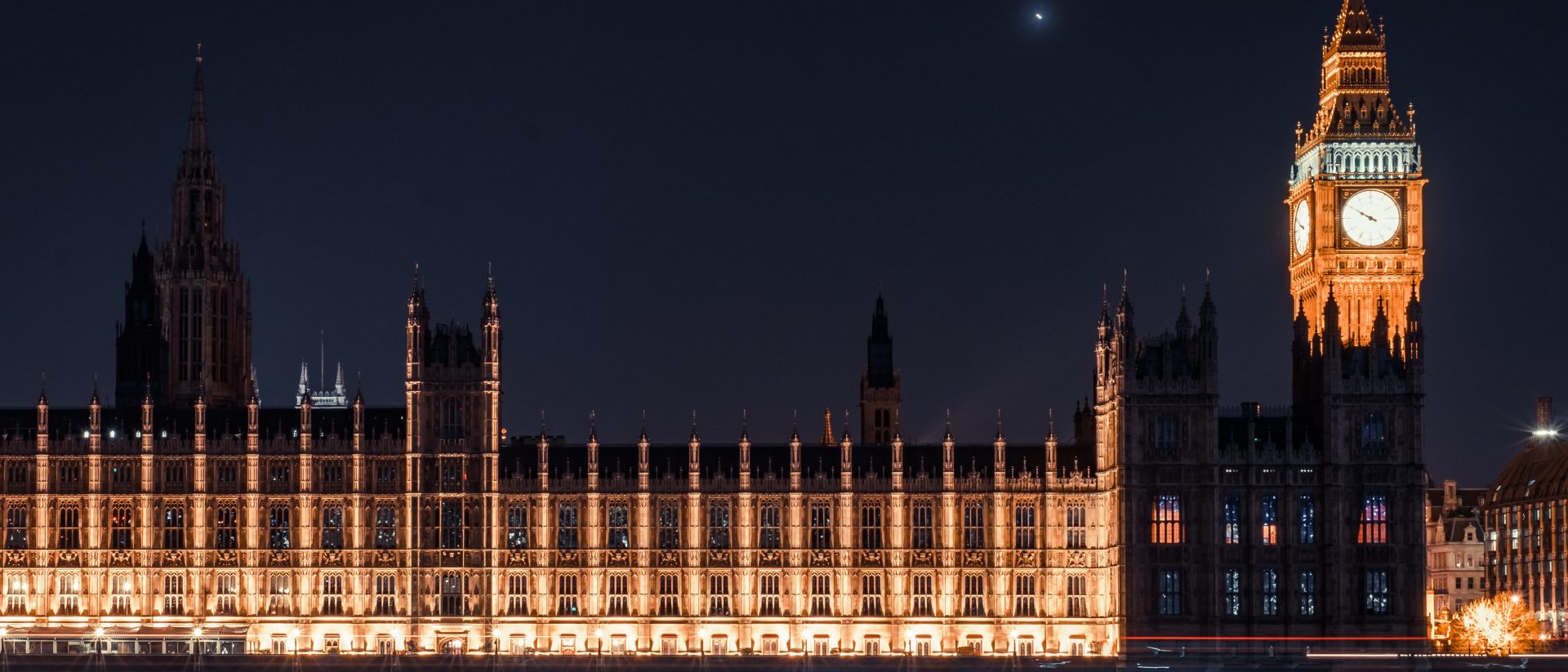- REA have called on the Government to position the UK as a world leader in hydrogen supply chains by publishing an ambitious strategy that supports investment and the mass-deployment of low-carbon hydrogen;
- REA say that a clear policy framework to support delivery must be coupled with more ambitious targets and a transparent and robust methodology for carbon accounting of different hydrogen production pathways;
- Forms of hydrogen that are neutral or negative greenhouse gas emitters must be the long-term goal for the UK, with blue hydrogen being supported where an interim bridge to green supplies as long as all carbon is fully accounted for and stored.
The Association for Renewable Energy and Clean Technology (REA) has called on the Government to produce a clear policy framework for the delivery of low-carbon hydrogen that attracts investment, accelerates deployment of the technology, and sets out ambitious delivery targets for 2030 in its forthcoming Hydrogen Strategy.
The Strategy was due to be published in March, but delays have meant that the industry has faced months of uncertainty. In contrast, Germany published its Hydrogen Strategy in June 2020, providing a clear signal to developers and funders about their long-term commitment to renewable forms of hydrogen.
The Government set a target of 5GW production capacity from hydrogen by 2030 in its Energy White Paper, but the REA argues that this target should be much more ambitious in order to drive growth in the sector.
The UK’s largest trade association for renewable energy and clean technologies also said that the long-term goal for the Government should be to focus on forms of hydrogen that can deliver truly zero or negative greenhouse gas emissions. This means it should not only focus on blue and green hydrogen, but also other forms of low-carbon hydrogen such as biohydrogen or hydrogen from non-biogenic wastes.
Dr Nina Skorupska CBE, Chief Executive of the Association for Renewable Energy and Clean Technology (REA), said:
“The Hydrogen Strategy was due to be published in March, but delays have meant that the industry and potential investors have had neither the certainty nor the financial support needed from the government to enable mass-deployment of low-carbon hydrogen.
“The Government had previously set a target of 5GW production capacity from hydrogen by 2030 in its Energy White Paper, but this must be much more ambitious to drive growth in the sector.
“There is an opportunity with the upcoming Hydrogen Strategy for the UK to position itself as a leading producer and exporter of low-carbon hydrogen. However, this can only be realised if the Government is bold in its targets and will set out the clear policy framework that is required.”
—ENDS—
For more information or to request an interview, please contact:
Jack Abbott, PR and Communications Manager,
07862 038370/ jabbott@r-e-a.net
Notes to editors:
Further policy requirements include:
- Sub-targets should be set for specific applications e.g. for refineries, industrial applications / processes, transport applications and the gas grid, to drive investment in these market segments.
- A transparent and robust methodology for carbon accounting of the hydrogen production pathways and supply chains must be adopted to ensure the carbon can be fully monitored, tracked, and accounted for.
- The introduction of a specific revenue scheme (e.g. a variable premium payment scheme) for low-carbon hydrogen supply/production, but this needs to be combined with a ‘pot’ of policy measures and funding – or amendment to existing policy mechanisms – to support different applications in different sectors/markets as different markets or applications may require different support. These include but are not limited to:
- Amending the Green Gas Support Scheme to allow hydrogen injection into the gas grid
- Amending the RTFO to support/unlock the potential of low-carbon hydrogen use in transport applications
- Waiving VAT from low-carbon hydrogen for transport applications until 2030 or charging it at the lower rate of 5%
- Collaboration and a joined-up approach between BEIS and DfT in the approach adopted on what qualifies as low-carbon hydrogen (ie the low carbon hydrogen standards), hydrogen eligibility criteria and to ensure we can have the smoothest interaction between any revenue scheme introduced by BEIS (e.g. variable premium/CfD type mechanism) and the RTFO or any other market based mechanisms.
- For industry where low-carbon hydrogen is the only option – or one of the few options – available to decarbonise, it may be necessary to introduce a mandate to drive investment over the long term. E.g. setting a target of 25% decarbonisation of refineries by 2030 could kick start the market straight away.
- The REA supports the principle of additionality for the electricity used for producing low-carbon-hydrogen, but it is crucial that the associated rules are not rigid, but pragmatic, workable and flexible, to allow companies to develop in the early years and to use the most optimal and efficient configurations. Additionality rules should not hamper deployment of low-carbon hydrogen.
- In order that low-carbon hydrogen producers can access cheaper electricity from the grid, they should be exempt from ’green levies’ on electricity bills and from use of system fees – in a similar way to how energy storage assets have been exempt.
- Hydrogen should be enabled to deliver long duration energy storage projects as part of appropriate support for that part of the sector, namely a Cap and Floor or Regulated Asset Base regime.
- Hydrogen can also play a key part in the development of Sustainable Aviation Fuel (SAF) – providing this is sourced from green sources. There is the potential for UK production, which will require clear and consistent government policy to ensure these investments are made in the UK rather than elsewhere. Consultations on a ‘mandate’ for use of these fuels and a wider Sustainable Aviation Strategy are expected in July. These need to be published on time and move swiftly to implementation.
About the Association for Renewable Energy and Clean Technology (REA):
The Association for Renewable Energy and Clean Technology (known as the REA) is the UK’s largest trade association for renewable energy and clean technologies with around 550 members operating across heat, transport, power and the Circular Economy. The REA is a not-for-profit organisation representing fourteen sectors, ranging from biogas and renewable fuels to solar and electric vehicle charging. Membership ranges from major multinationals to sole traders.
For more information, visit: www.r-e-a.net

